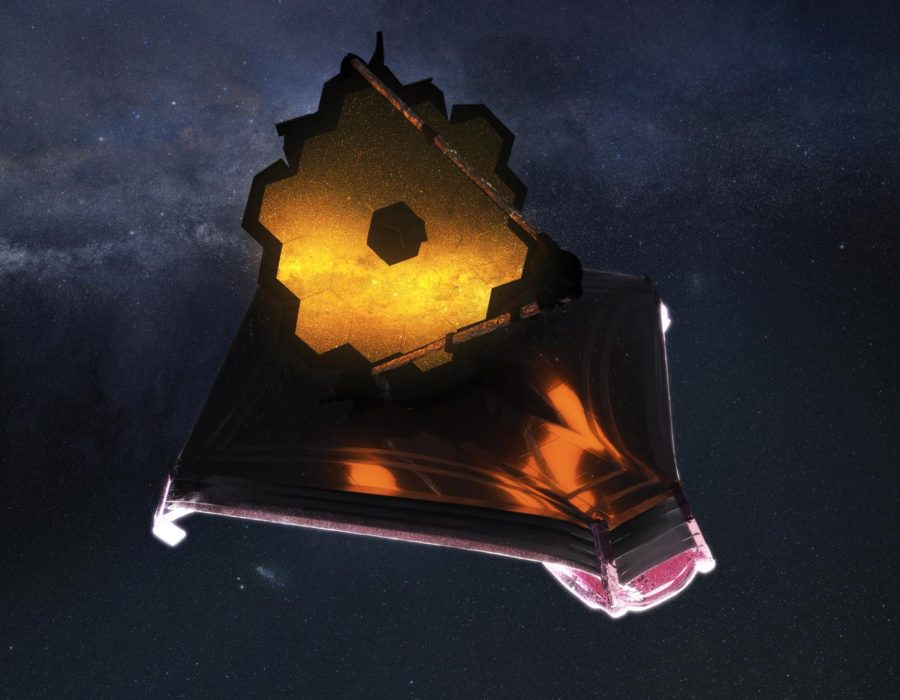The Orion Nebula: Through The James Webb Telescope
The James Webb Space Telescope captured its first picture of the Orion Nebula, a bright nebulae located in the Milky Way Galaxy, on Sept. 11, 2022.
This spatial telescope uses infrared light and is coined as the largest telescope in space. Compared to NASA’s Hubble Telescope, which relies on visible light, the Webb Telescope managed to get a clear shot despite the immense amount of stardust surrounding the area. It took over 20 years of research and development, as well as $10 billion for Webb to get a look through the cosmic dust that sits throughout the Universe.
In order for Webb to be deployed into space, it takes two weeks for the telescope to unfold, and another two weeks to travel to its destination. The telescope currently resides in L2 Orbit, circling one million miles from Earth; on roughly a month-long journey.
The goals of this telescope include observing the formation and evolution of galaxies, understanding dark matter, investigating celestial objects formed following the Big Bang, and to capture images of our solar system.
Capable of forming stars, planets and solar systems, nebulae take heavy elements and reprocess them into the interstellar medium that later forms stars. Only 1,350 light-years away from Earth, the Orion Nebula is known for the many stars that form from clouds of dust and gas.
According to NASA, approximately 700 stars are at varying stages of formation in the nebula. Up until 2019, scientists believed that supernovas were mainly responsible for the birth of stars. However, observations from the Stratospheric Observatory for Infrared Astronomy suggested that possibility is unlikely because winds in space prevent the formation of stars.
From November to February, the Orion Nebula is visible from most parts of the world and can be seen in the constellation, Orion the Hunter. It is located under Orion’s Belt and near his sword. Home to some of the largest stars, this nebula is one of the closest star-forming regions to Earth and has a relatively bright appearance to the naked eye.
Researcher Olivier Berné, shared that, “Inside its cocoon young stars with a disk of dust and gas in which planets form are observed in the nebula.”
The nebula provides newfound insight into the cycle of star formation and how this process occurs within our galaxy. Astronomers have learned that a combination of infrared and radio telescopes allow them to see the dust and dark gas that collects throughout the constellation, Orion the Hunter. The dust and dark gas then gives way and collapses to form a star. A process that lasts roughly a million years from the time the gas begins to cave in.
The University of Michigan’s astronomy chair, Edwin Bergin, stated “In this image, we are looking at this cycle where the first generation of stars is essentially irradiating the material for the next generation.”
The Orion Nebula remains a topic that captivates researchers and scientists alike, as its many wonders unfold over time.

Maya is currently a junior at Aliso Niguel High School. This is her second year in newspaper and she is excited to continue writing for The Growling Wolverine....








